For decades, video games have been classified as one of the greatest threats the educational system has ever faced. Whether it’s teachers complaining about students who never take their eyes off their mobile devices or psychologists warning about the possible effects gaming could have on young minds, the dominant narrative asserts that video games and schooling cannot or should not mix. However, this narrow-minded view of gaming ignores video games’ educational potential.
While the phrase “educational game” is usually associated with video games designed to teach math, spelling, and other subjects to younger children, they aren’t the only games that can be used to educate students. When paired with the right lesson plan, many popular mainstream games can go from a classroom nuisance to an interactive teaching experience that will appeal to and educate even the most troubled students. Here are the top 10 best games to play at school!
1. Minecraft: Education Edition

Minecraft is one of the most popular video games ever created, and most students would jump at the chance to play it in class without hesitation. At base, Minecraft: Java Edition can be used to teach students how to build structures within an unconventional environment and utilize their resources carefully. However, Minecraft: Education Edition cranks the block-based game’s educational potential up to eleven.
Designed by Mojang Studios to be used in classrooms, Minecraft: Education Edition includes additional resources that allow teachers to create lesson plans that utilize Minecraft’s iconic and addictive break-and-build gameplay formula. It also gives them helpful restrictive tools that can be used to keep rowdier students in line and on task.
Much like the base product, Minecraft: Education Edition’s strength lies in its ability to appeal to players of all ages. While elementary school teachers can use blocks to teach students how to count and spell, secondary school instructors can use Miencraft’s more advanced mechanics to teach students the ins and outs of engineering, chemistry, and geology.
2. The Oregon Trail
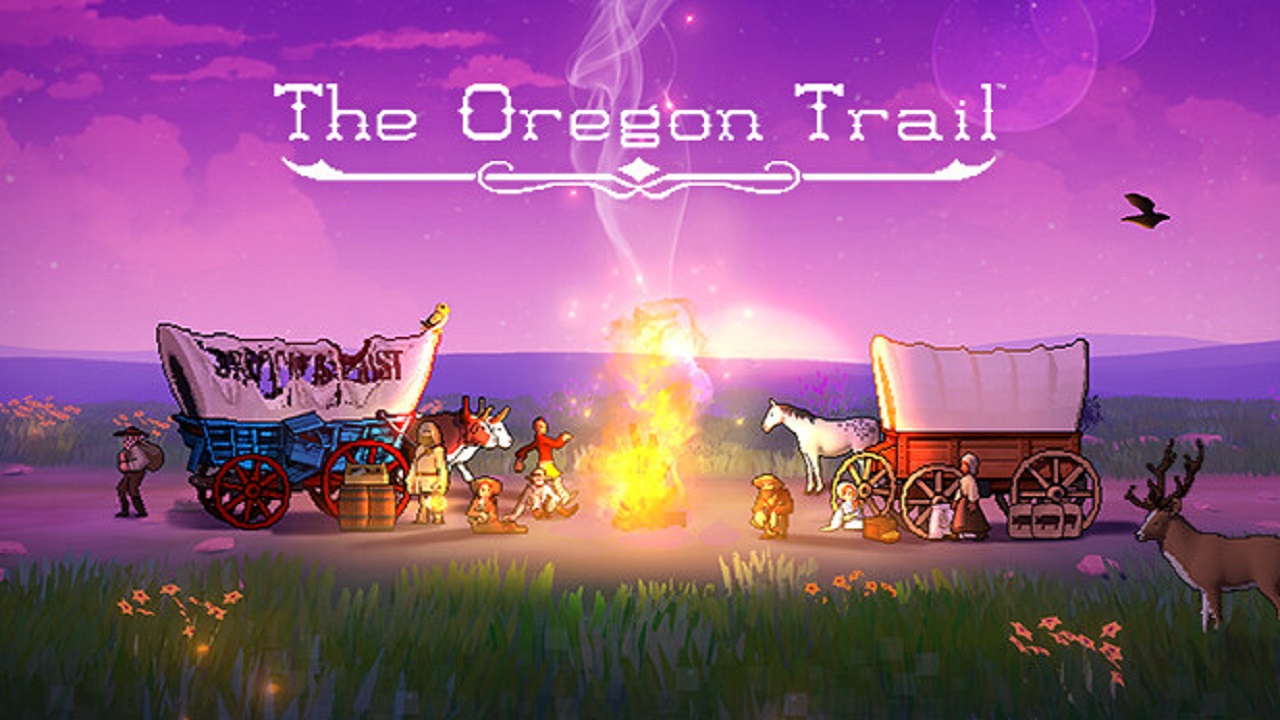
The Oregon Trail has been a staple of school computer rooms for decades, and it’s had just as much time to refine itself into one of the best educational video games ever coded. First released in 1972, The Oregon Trail has been re-released over twenty times, with each version targeting different age demographics and featuring unique gameplay mechanics to entertain and challenge players.
Regardless of which version of the game you’re playing, The Oregon Trail will teach you valuable lessons about the perils that pioneers in the 1800s had to endure as they set out to build new lives for themselves in the West. With the success of your journey hinging entirely on your ability to keep a wagon of settlers healthy and alive with limited resources, The Oregan Trail teaches children how to plan for the long term, deal with sudden and unpredictable disasters, and appreciate what past generations had to suffer through to secure a better future for themselves and their descendants.
3. World Rescue

Developed by ZU Digital as a contender (and eventual winner) of the United Nations Educational, Scientific, and Cultural Organization’s International Gaming Challenge, World Rescue might feel familiar to those who grew up watching Captain Planet and the Planeteers. While it doesn’t feature an environmentalism-inspired superhero, World Rescue does put players in the shoes of six extraordinary young people from six different countries who take it upon themselves to battle climate change and the negative impact it’s had on their homelands.
Incorporating real-world sustainability goals set by the United Nations Department of Economic and Social Affairs, World Rescue is an excellent way for teachers to educate students about real-world issues like disaster-related displacement, droughts, and pollution. World Rescue also demonstrates effective ways that the next generation can combat environmental problems and work towards sustainability within their local community, showing that the power to change the world is in their hands.
3. Civilization 6
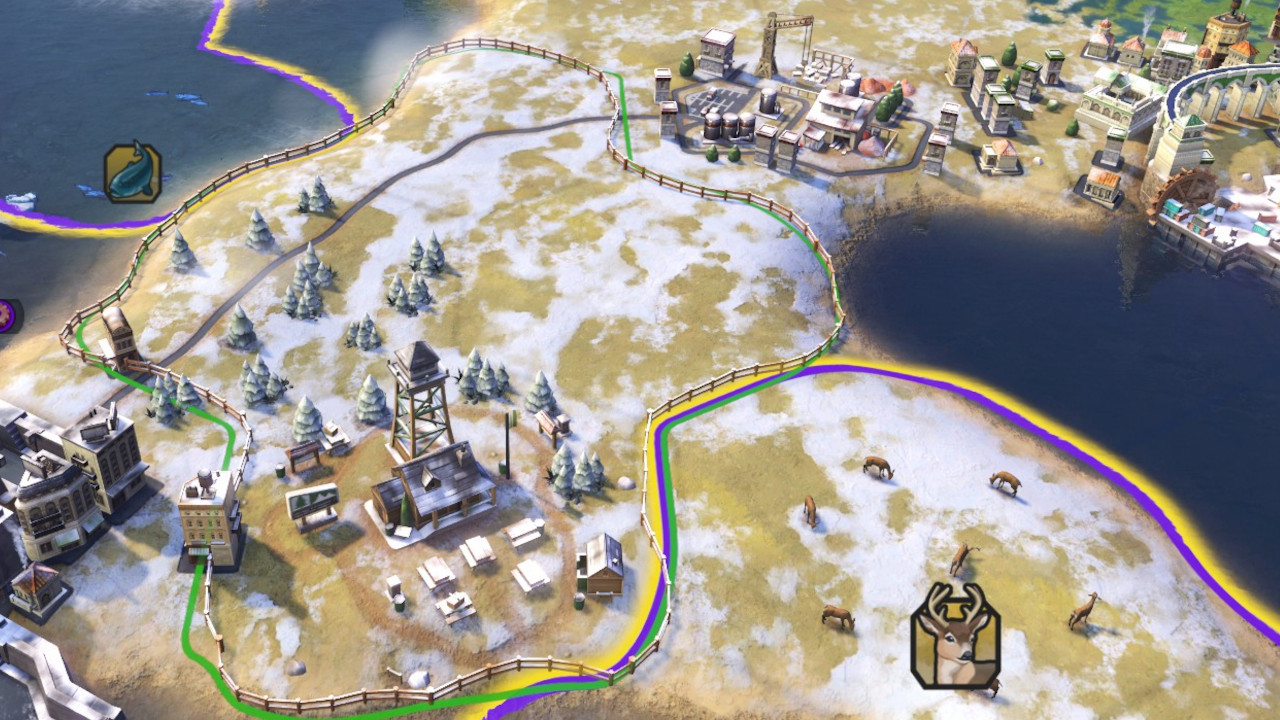
Civilization simulator games have always been one of the popular video game genres, and it has inspired countless players to take up a career in archeology and sociology. While previous entries in the series may be easier for some teachers to get, Civilization 6 is the most up-to-date version of the crown jewel of civilization simulation games.
Starting players at the earliest documented point in human history, Civilization 6 tasks players to build a prosperous civilization that survives from then to the modern era. As their fledging settlement grows into an expansive empire, players will witness first-hand how societies evolve and how events like war and scientific advancement impact them. With almost every human civilization represented in a historically accurate way within the game, Civilization 6 will teach players things about the history of humanity that they may never have learned otherwise.
4. Democracy 3

While it may not be a game you want to introduce to younger students, Democracy 3 is perfect for older children interested in politics. Once it’s set you up as President or Prime Minister of a given nation, Democracy 3 challenges you to successfully run your government by passing effective policies, managing economics, and maintaining domestic security.
No matter which nation you end up leading, Democracy 3 expects you to run it well. With a sleek gameplay loop that gets right into the nitty-gritty of running a country, sociology teachers can use Democracy 3 to show the aspiring leaders of tomorrow that being in an elected office is about keeping the promises you make and doing right by the citizens who’ve put their faith in you.
Related: Top 10 Best Obbys To Play In Roblox
5. Portal & Portal 2

Released to unexpected critical acclaim in 2007, Portal is a unique combination of platforming and physics-based puzzle solving that has continued to delight fans for over a decade. To the surprise of virtually no one, the 2011 sequel Portal 2 was just as beloved, and both can be excellent educational tools for students in science classes.
With a heavy focus on physics, both Portal and Portal 2 can be used by science teachers to give students a hands-on demonstration of concepts like momentum and refraction. The Portal series’ emphasis on platforming and puzzle solving can also teach invaluable life skills like spatial navigation, situational awareness, and the importance of looking at problems from new perspectives. Both games could even be an effective way to showcase the dangers of manipulation, with GLaDos being a textbook example of a toxic acquaintance.
6. Kerbal Space Program
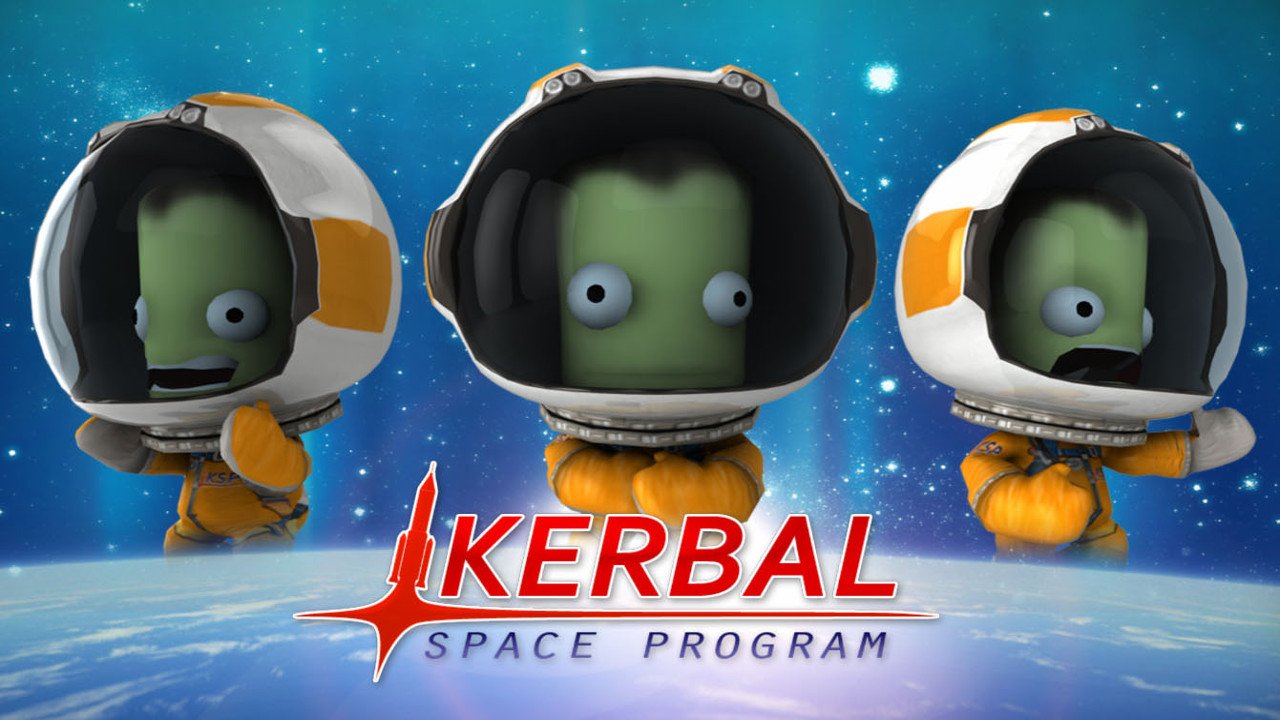
While many may have learned about Kerbal Space Program through videos of video game commentators building poorly designed (and often inappropriately shaped) spacecraft, the game is far from a one-note joke. Developed by the Mexican studio Squad, Kerbal Space Program tasks players to build functional spaceships that will make the titular green aliens’ dreams of space travel a reality. It could also be the spark that ignites a young student’s lifelong passion for engineering.
Featuring a variety of parts for players to build spacecraft with and an expanding tree of missions for them to complete, the realism of Kerbal Space Program’s ship-construction and spaceflight system has been praised by organizations like NASA. With a gameplay loop that asks players to learn from their mistakes and reach higher goals, Kerbal Space Program would be an excellent addition to any science class’s astronomy lessons.
7. Wordscapes
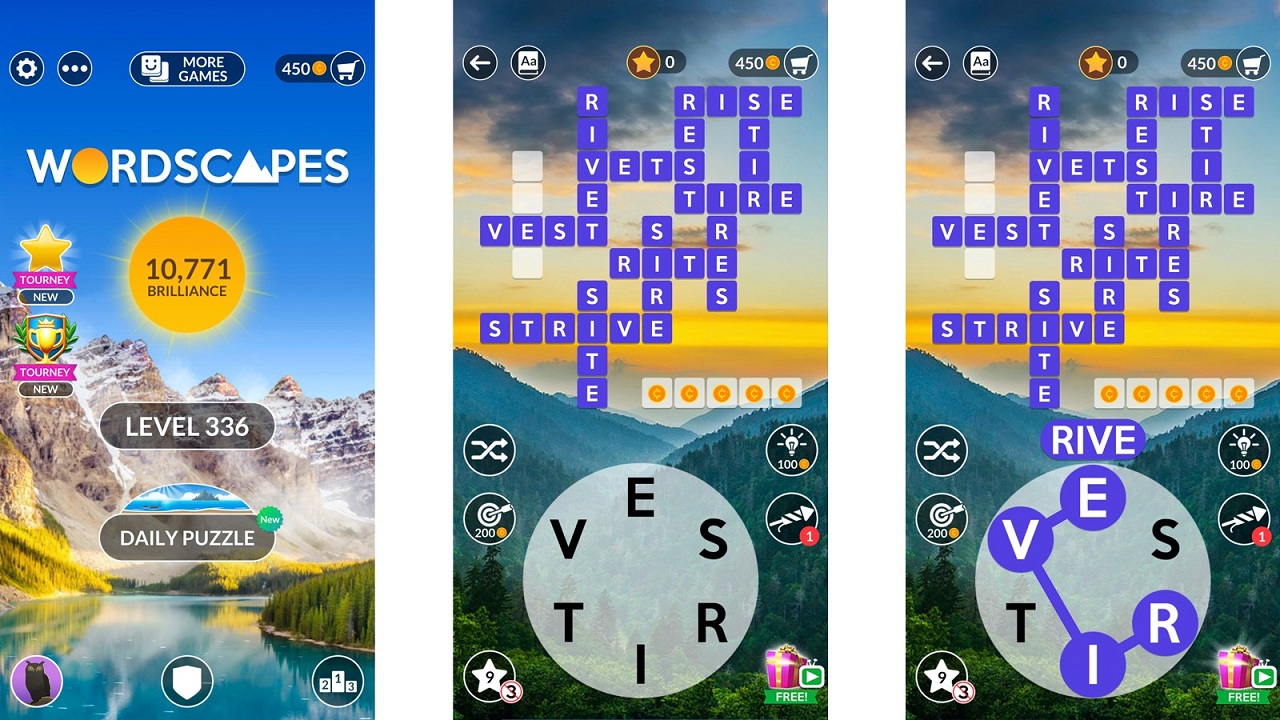
Many of the greatest video games borrow elements from board games, and Wordscapes is no exception. A puzzle game that mixes the best parts of Boggle and the crossword sections of your morning newspaper, Wordscape challenges players to build as many words as possible using the 3-7 words spinning in the circle at the bottom of the screen.
With over 600 levels covering many difficulty settings, Wordscape is a great way to test students’ ability to spell words and promote deductive reasoning through the in-game hint system. While its nature as a mobile game will mean that teachers might have to make sure some students are playing the game and not wasting time on their phones, Wordscape could teach students new words that could become lifelong editions to their lexicons.
8. Stardew Valley

Stardew Valley is regarded as one of the most relaxing games ever made, making it an excellent interactive education option for teachers who run high-energy classrooms. However, beneath its charming graphics and low-stress nature is a game with almost limitless educational potential.
As a farm management simulator, Stardew Valley can teach science and business students how to raise crops, tend to livestock, and manage finances. Outside of its agriculture system, Stardew Valley can also be used to teach younger players the importance of respecting the people around you, with its social simulation elements doing an excellent job of showing why you should always treat others with kindness.
Related: 10 Best Single-Player PC Games
9. Zoombinis

The Zoombinis series leans more toward younger players than most of the other games on this list, but that doesn’t mean it can’t appeal to older students. While Logical Journey of the Zoombinis would go on to spawn two sequels, this original title is widely regarded as the best in the series.
Logical Journey of the Zoombinis tasks players with adding the titular blue furballs with legs as they flee their ancestral home to escape being enslaved by their hostile neighbors, the Glouts. By forming a group of Zoombinis to serve as a scouting party, players must solve logic-based puzzles to help the Zombinis travel to their new homes. These puzzles, while challenging, can help children develop logical reasoning skills that will help them later in life.
10. Dreams

Sometimes, kids need a chance to forget the stress of school and have a bit of fun once in a while. While it may not teach any particular subjects, Dreams is an easy-to-play video game that can help students unwind while still letting them productively flex their cognitive muscles.
With nearly limitless creative options, Dream lets players build games and audio-visual experiences and play those made by other players. By creating and sharing dreams, students can exercise their artistic ability and learn about the interests of their peers. As long as they’re careful to make sure nothing inappropriate makes it into the final product, teachers can use Dreams to help shy students express themselves and form lasting friendships.


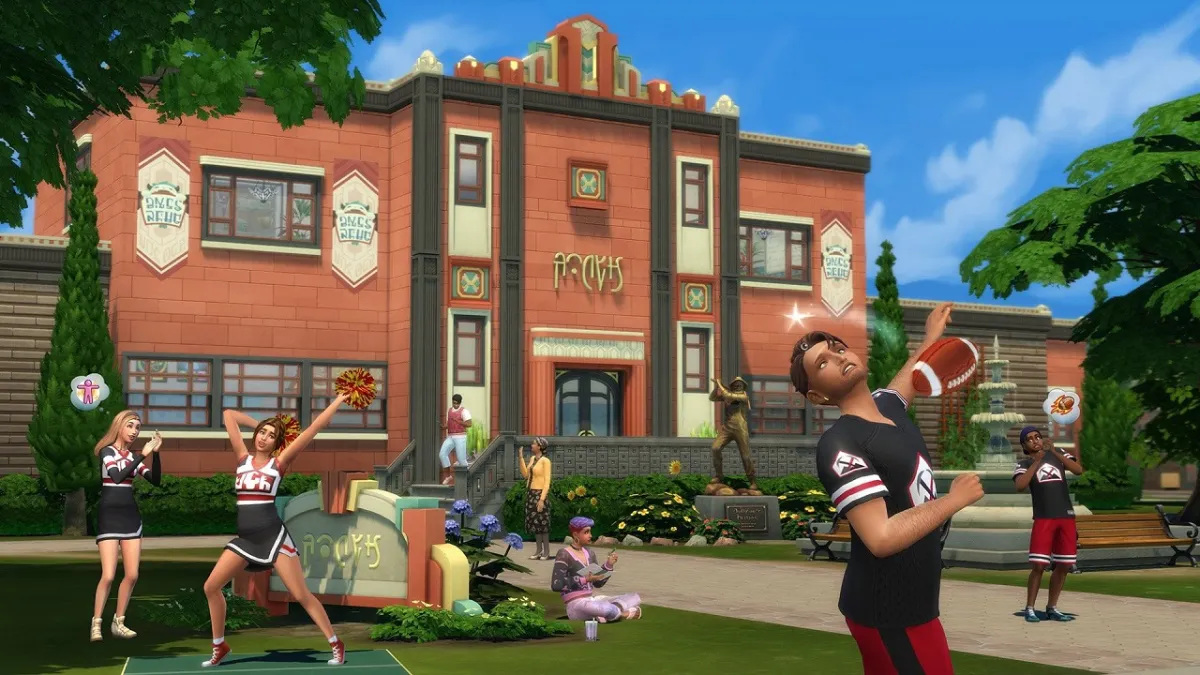









Published: May 22, 2023 02:15 pm